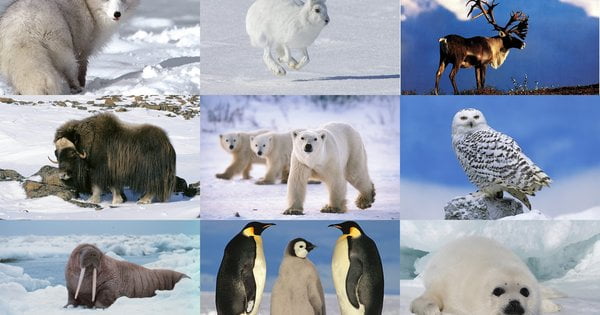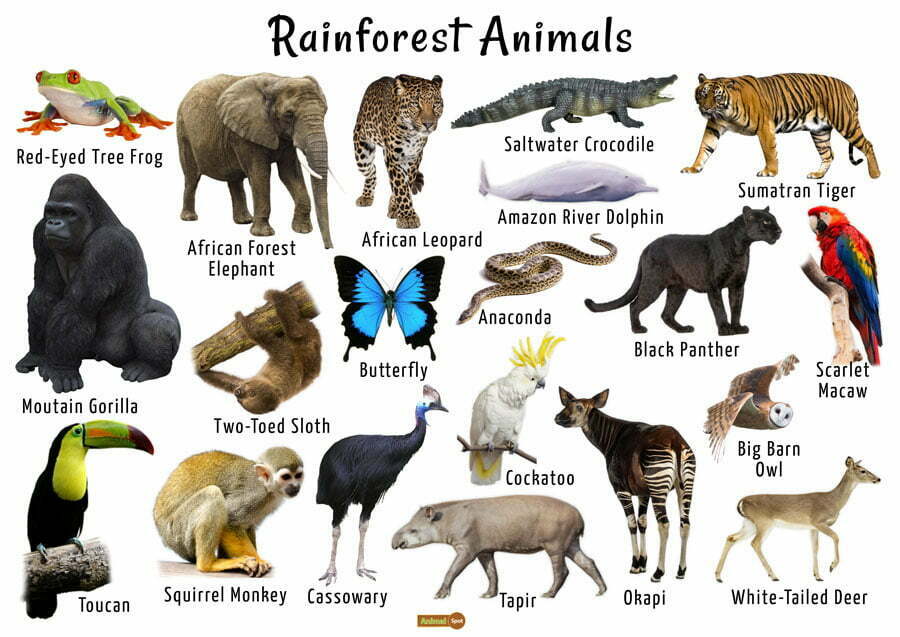Animals have been able to thrive in different environments around the world by animal adapting to the unique conditions of their surroundings. Whether it’s the extreme heat of the desert or the freezing temperatures of the Arctic, animals have developed specialized features and behaviors that allow them to survive and thrive in these challenging environments.
Desert Adaptations:
The desert is one of the harshest environments on Earth, with high temperatures, little water, and a lack of vegetation. Despite these challenges, many animals have evolved to live in these conditions.
Camels, for example, have developed unique features that allow them to survive in the desert. Their humps store fat, which can be used as a source of energy when food and water are scarce. They also have large, padded feet that can withstand the hot sand, and their long eyelashes help keep out sand and dust.
Another animal that has adapted to the desert is the desert tortoise. They have a hard shell that protects them from predators and extreme heat. They also have the ability to store water in their bladder, which can be used during times of drought.
Arctic Adaptations:
The Arctic is a frozen, inhospitable environment that presents many challenges for animals. The temperatures can drop to -50°C, and there is little vegetation available for food.
Polar bears are one of the most iconic animals of the Arctic, and they have evolved to thrive in these extreme conditions. Their thick fur and layer of blubber provide insulation against the cold, and their large, webbed paws help them swim in the icy waters.
Another animal that has adapted to the Arctic is the Arctic fox. They have a thick coat of fur that changes color depending on the season, allowing them to blend in with their surroundings. They also have small ears and a short snout, which helps reduce heat loss and conserve body heat.
Rainforest Adaptations:
The rainforest is a lush, humid environment that is home to a wide variety of plants and animals. The dense vegetation provides cover and food for many animals, but it also presents challenges such as high humidity and low light levels.
One animal that has adapted to life in the rainforest is the tree kangaroo. They have strong legs and feet that allow them to climb and jump through the trees, and their long tail helps them balance. They also have a pouch that protects their young from predators and the damp rainforest floor.
Another animal that has adapted to the rainforest is the sloth. They have long, curved claws that allow them to hang from tree branches and move slowly through the canopy. They also have a specialized stomach that allows them to digest tough leaves and bark.
Ocean Adaptations:
The ocean is a vast, diverse environment that is home to a wide variety of marine life. Animals that live in the ocean face challenges such as saltwater, strong currents, and low oxygen levels.
One animal that has adapted to life in the ocean is the dolphin. They have streamlined bodies and a layer of blubber that helps them swim efficiently through the water. They also have a blowhole that allows them to breathe air at the surface, and a specialized echolocation system that helps them navigate and locate prey.
Another animal that has adapted to the ocean is the octopus. They have a soft, flexible body that allows them to squeeze through tight spaces and escape from predators. They also have the ability to change the color and texture of their skin to blend in with their surroundings.
Savannah Adaptations:
The cheetah, the fastest land animal, has long, slender legs and a flexible spine that allows it to reach top speeds of over 70 miles per hour. The giraffe has a long neck that allows it to reach leaves high up in trees, and a specialized cardiovascular system that prevents blood from rushing to its head when it lowers its neck to drink water. The African elephant has large ears that help it dissipate heat and a long trunk that allows it to reach vegetation and water sources that are far away.

These are just a few examples of the incredible adaptations that animals have developed to survive in their respective environments. By studying these animal adaptations, we can gain a greater appreciation for the diversity of life on Earth and the incredible ways that animals have evolved to overcome the challenges of their environments.








